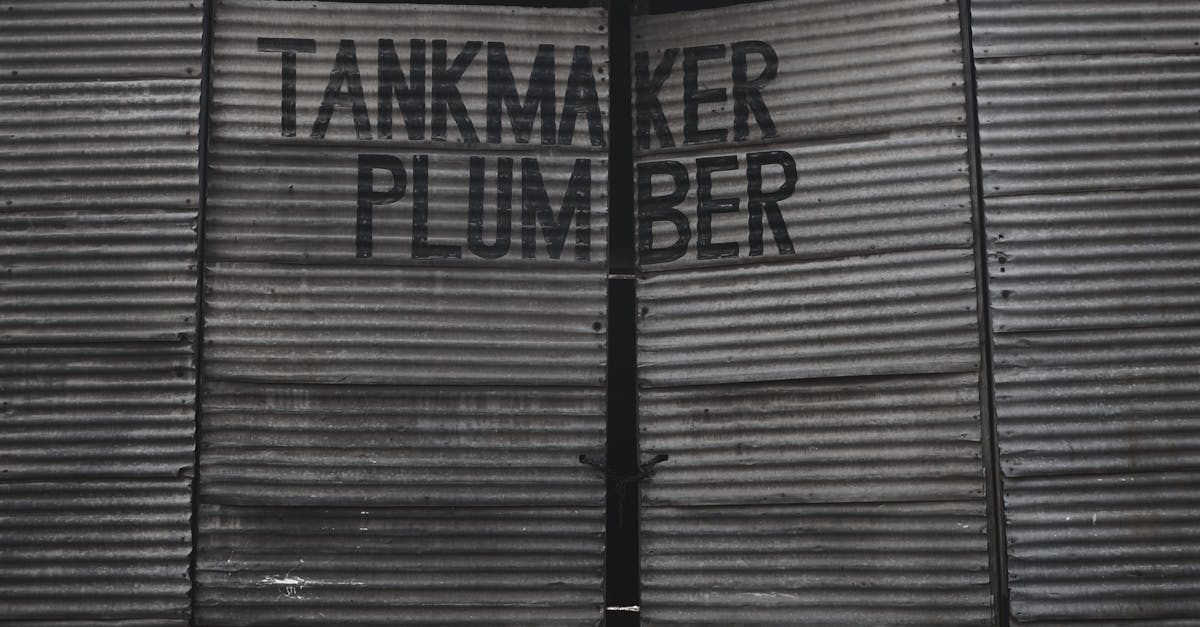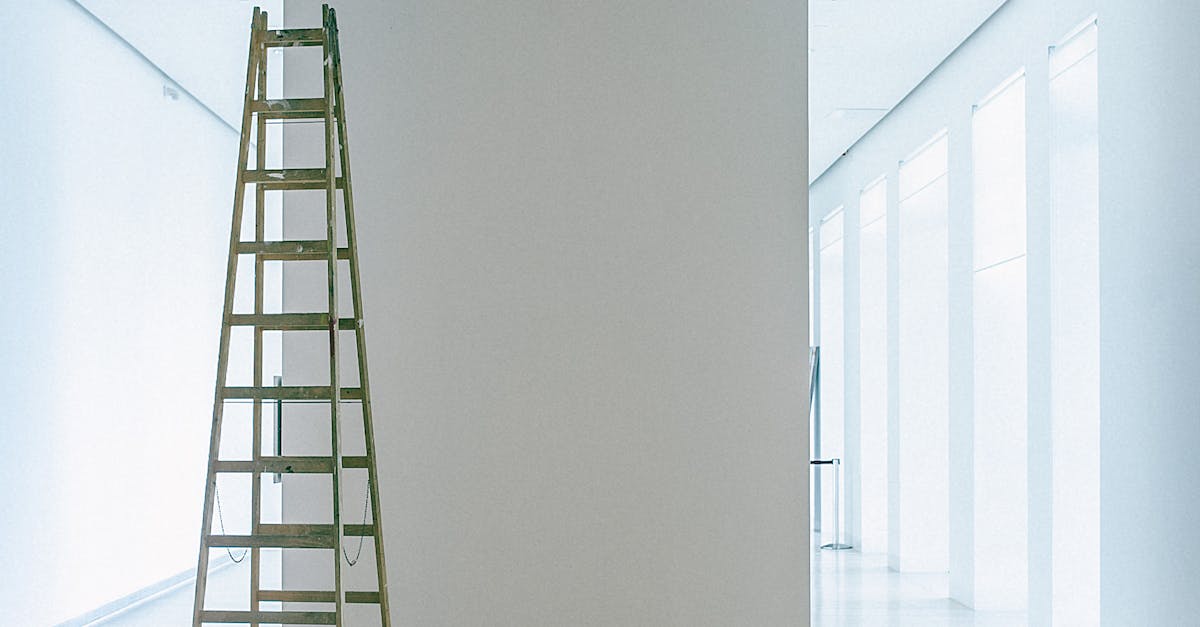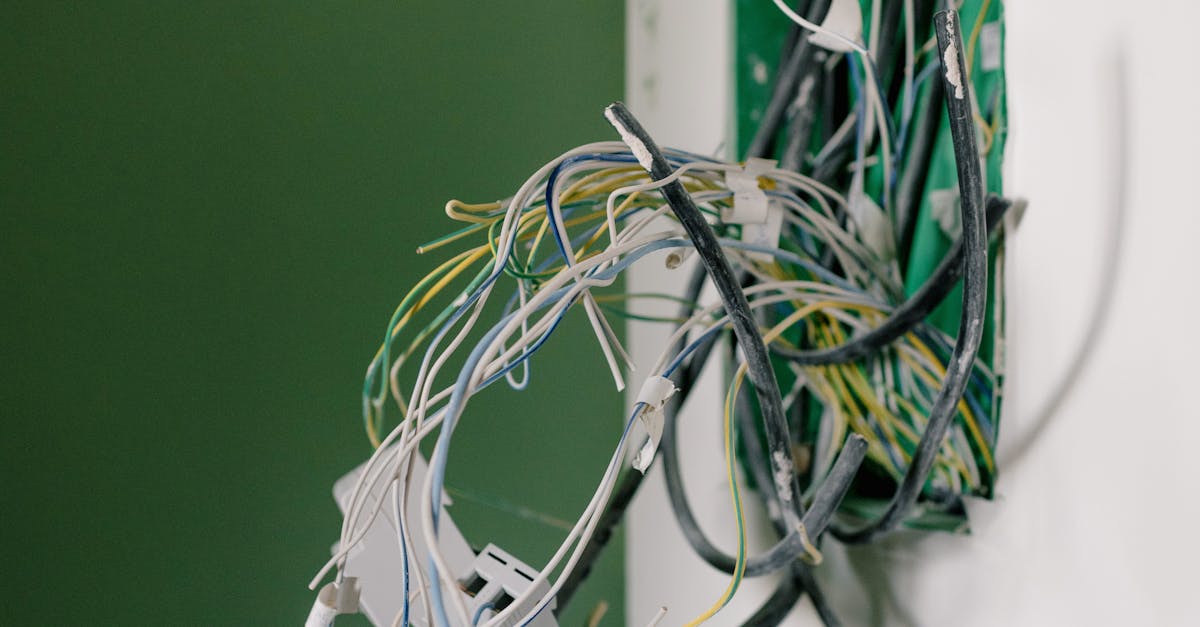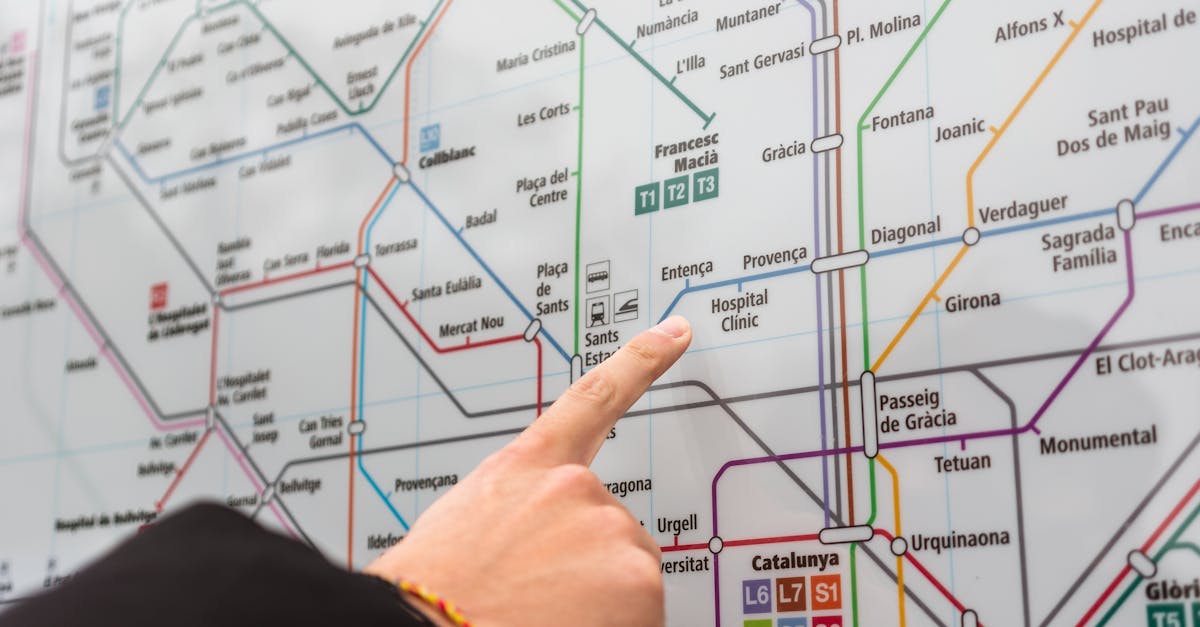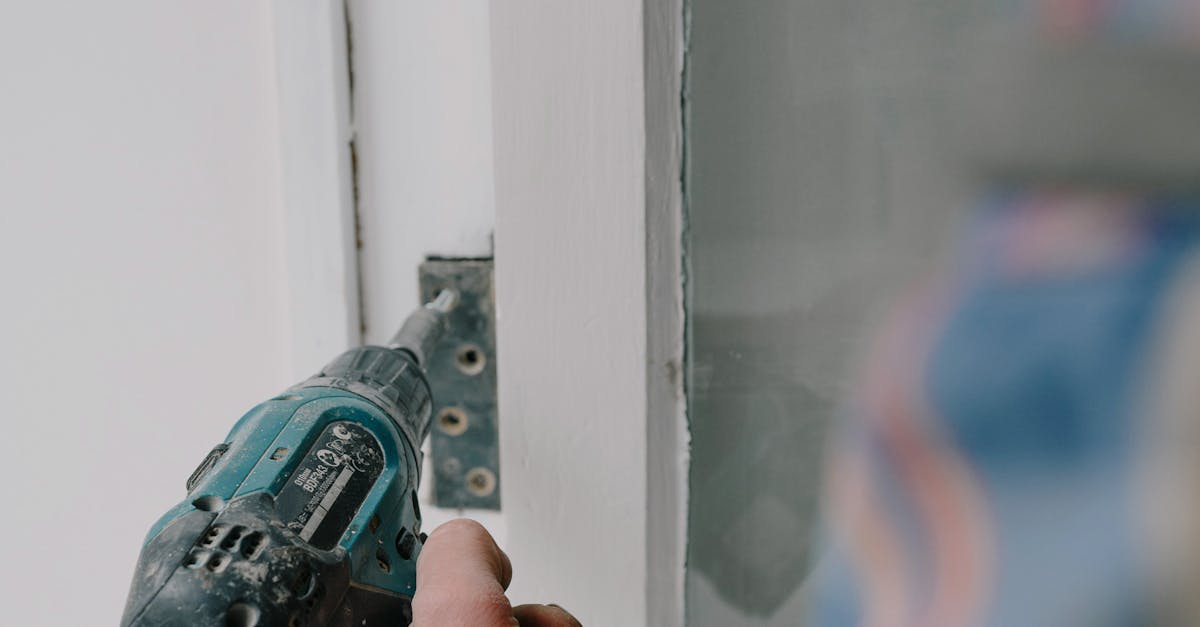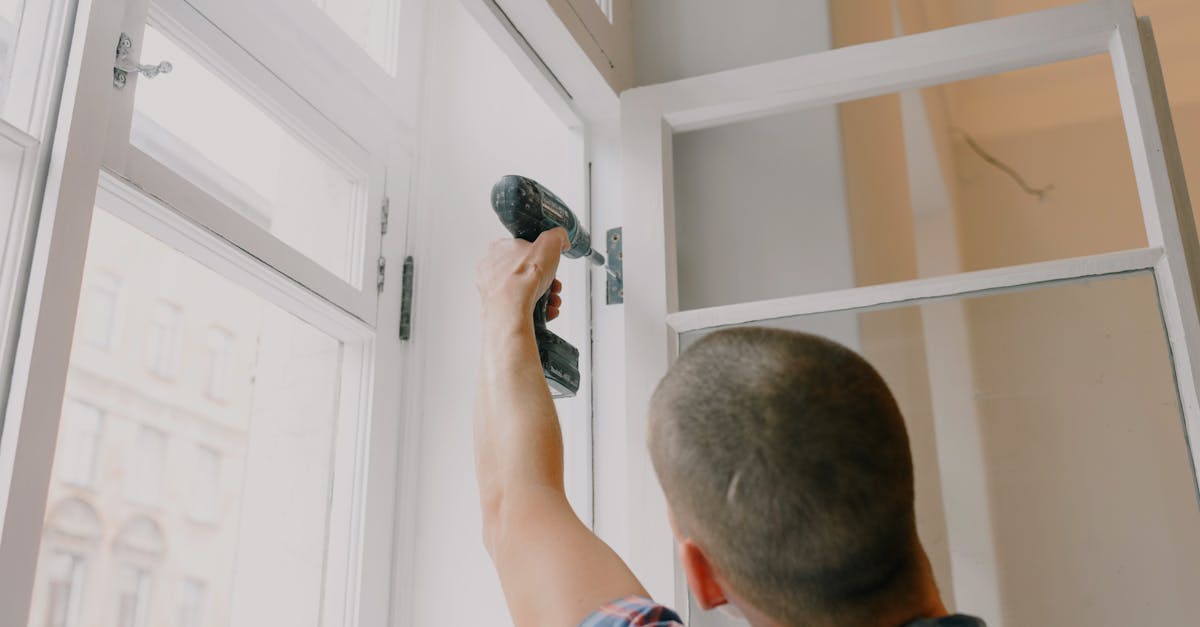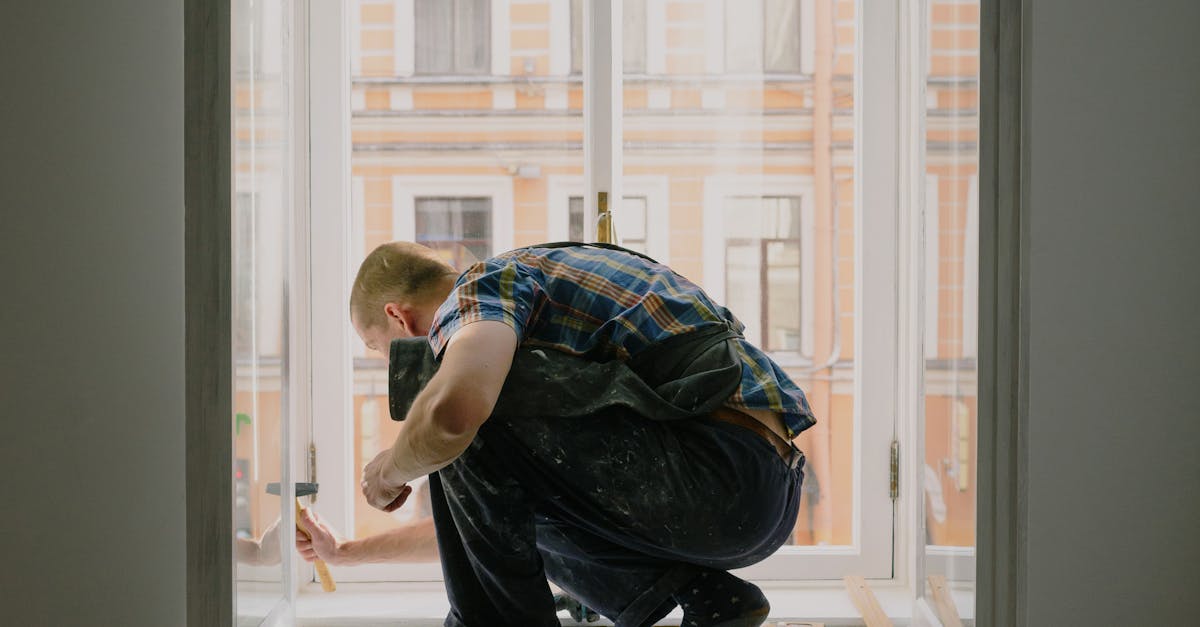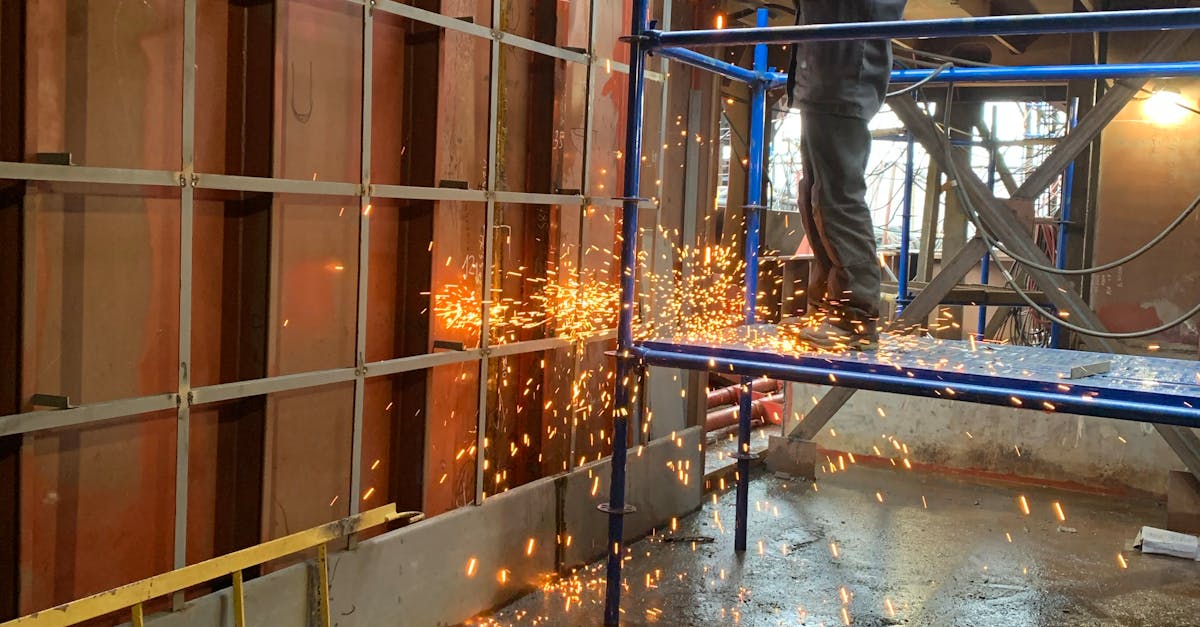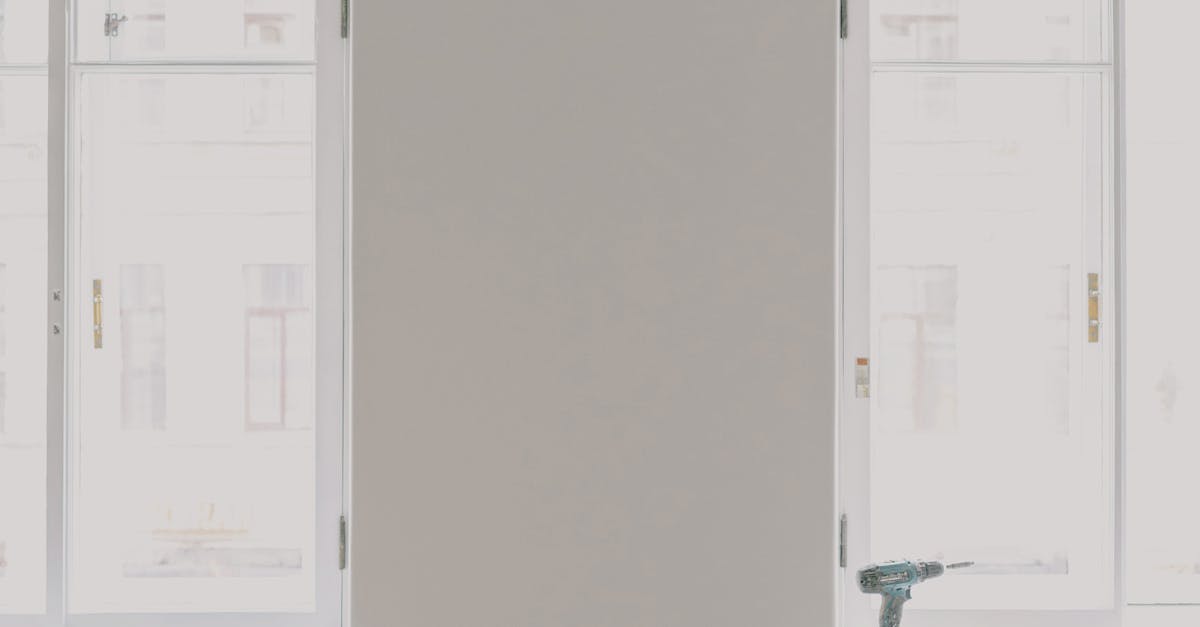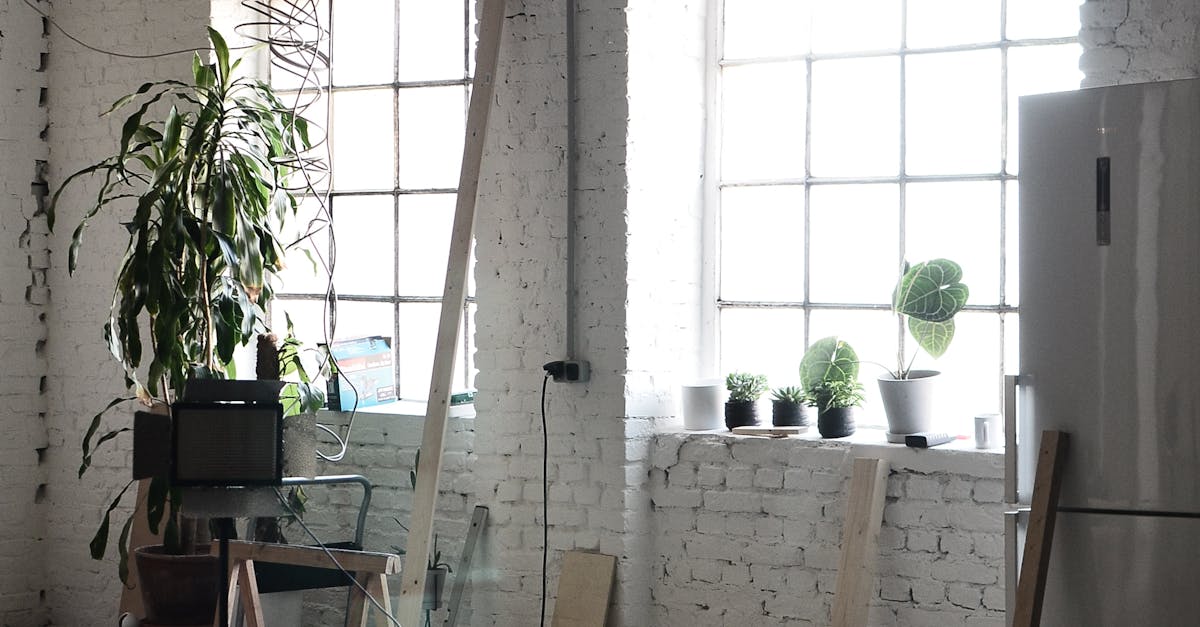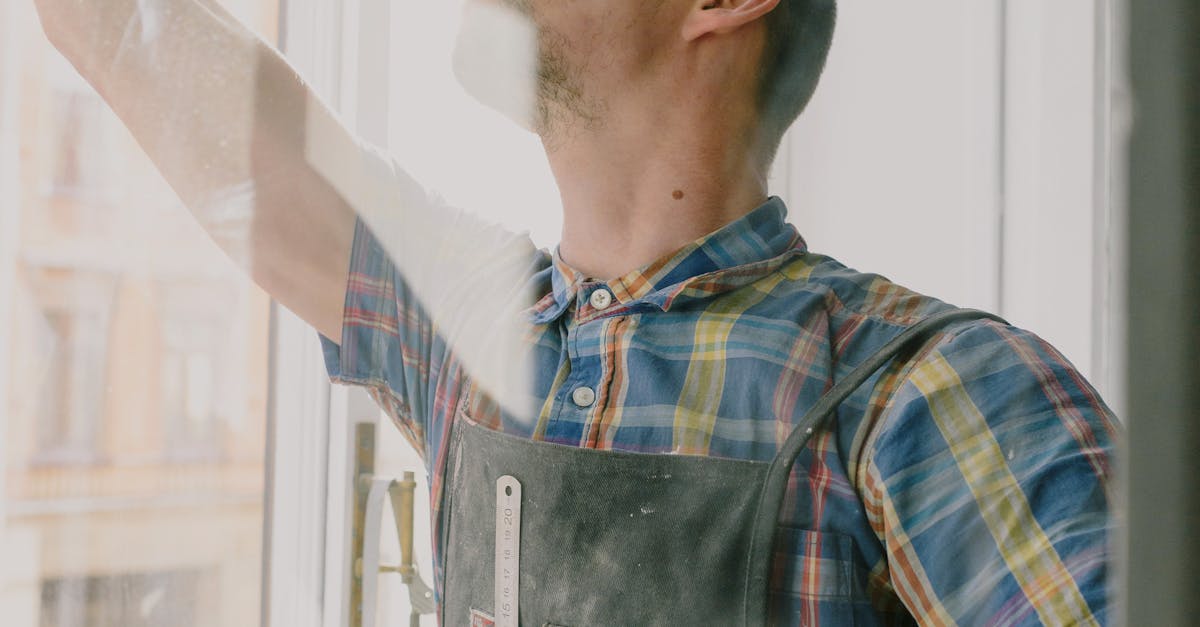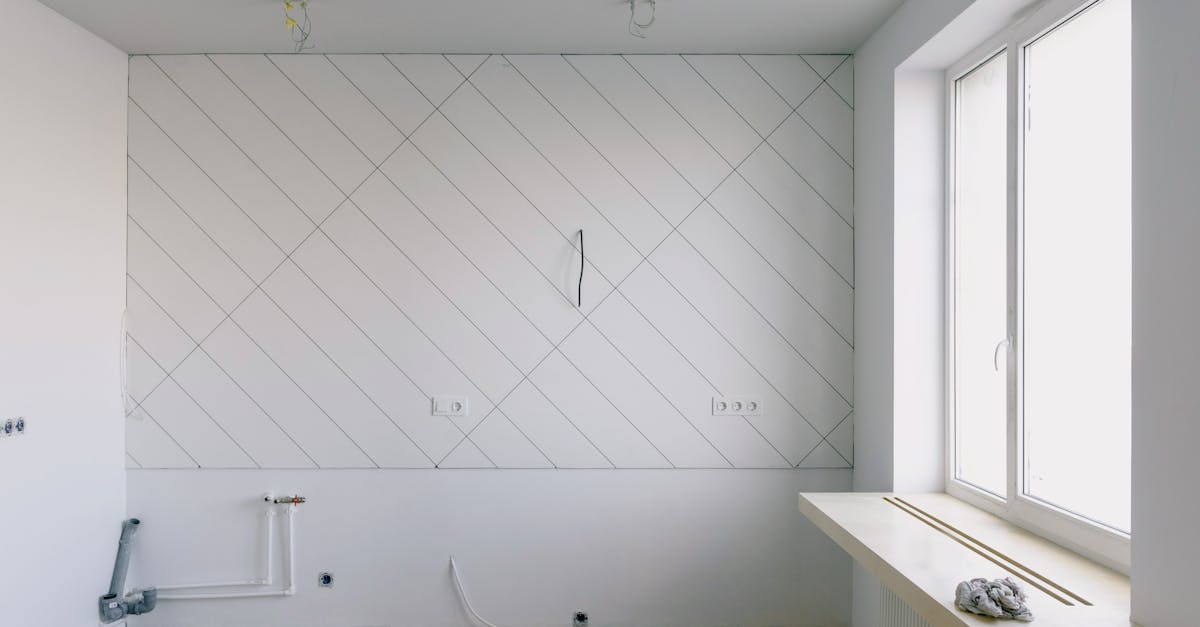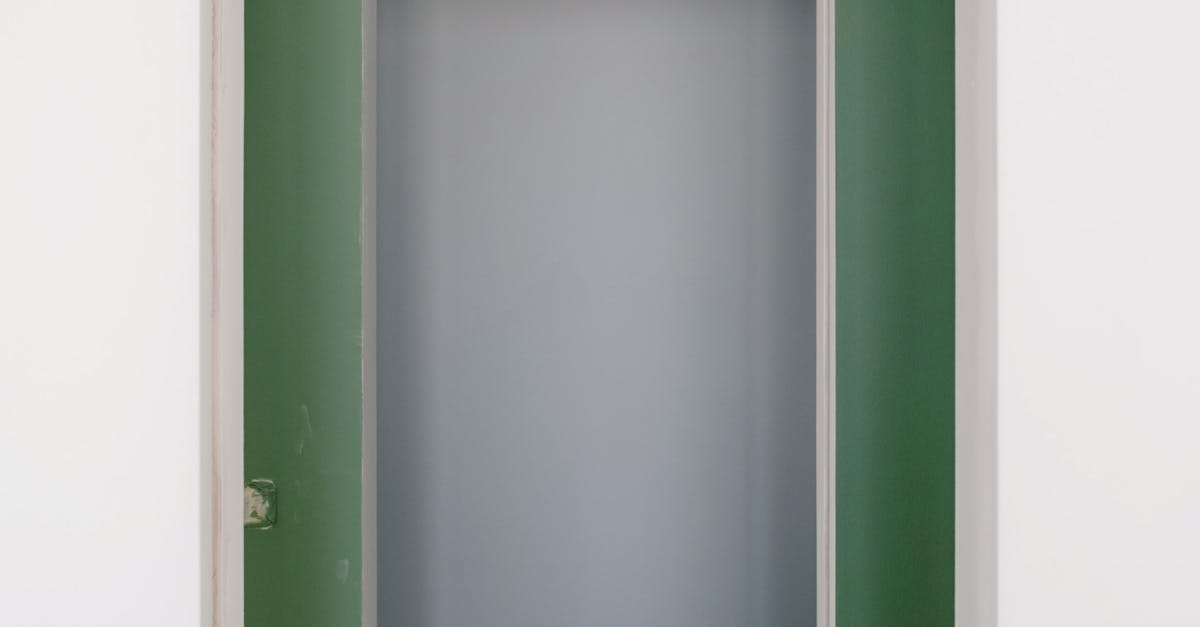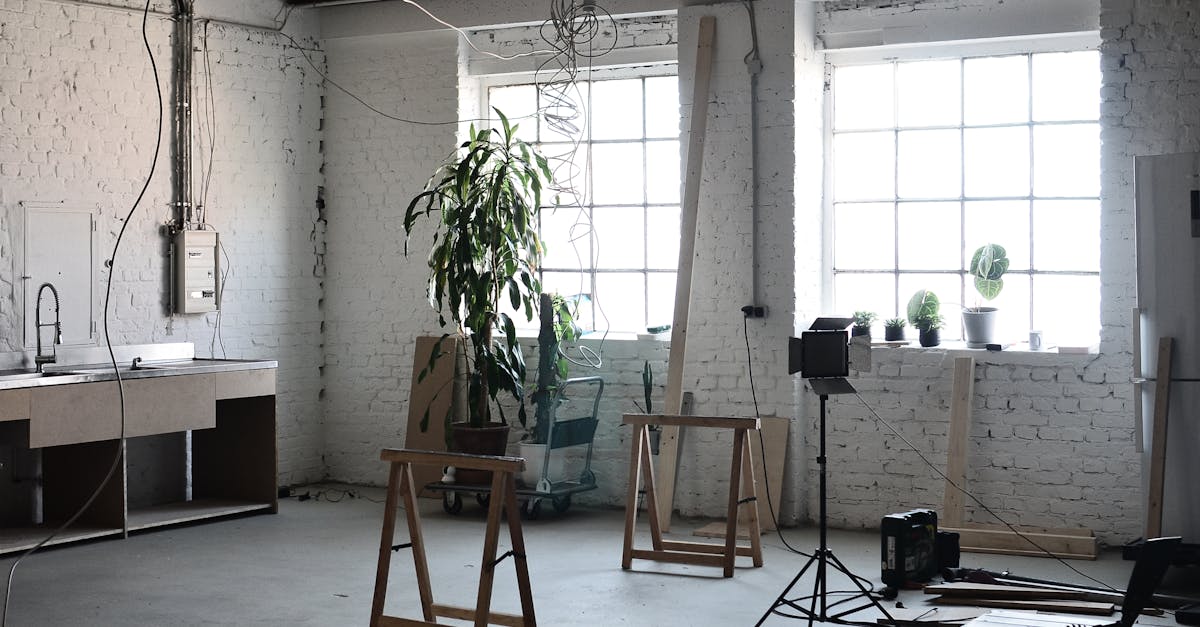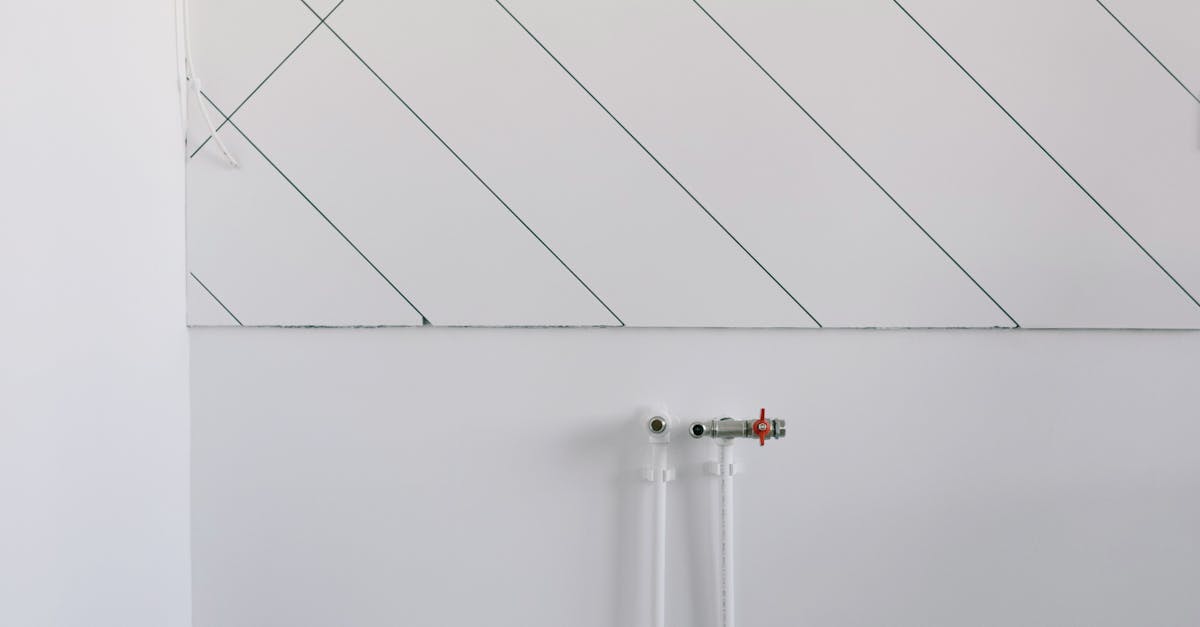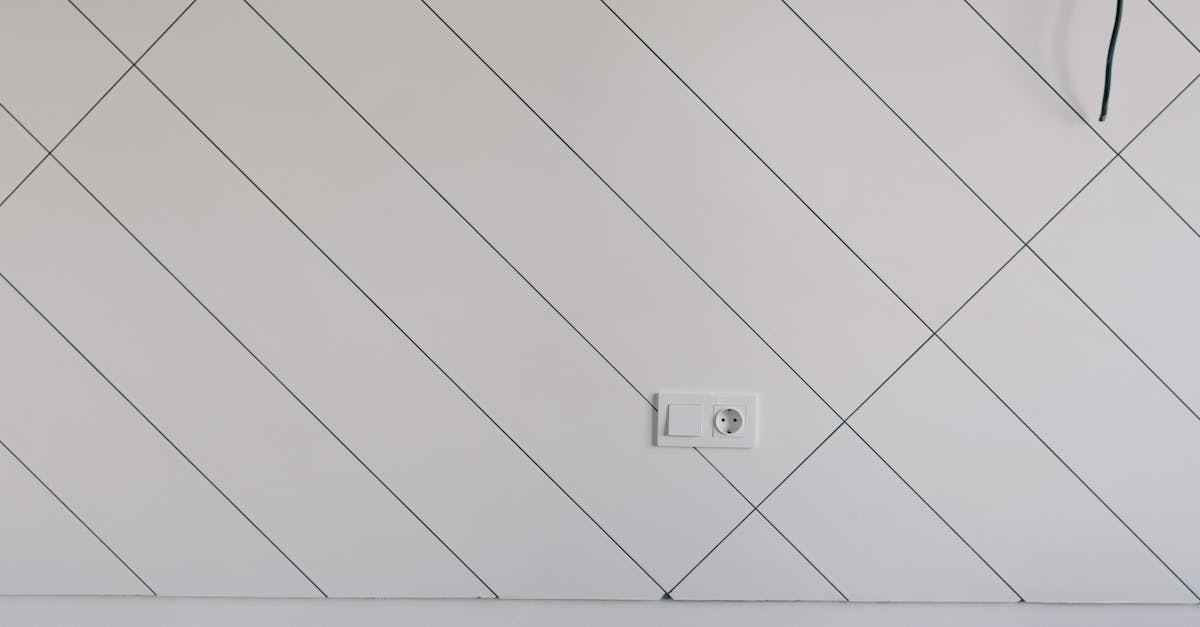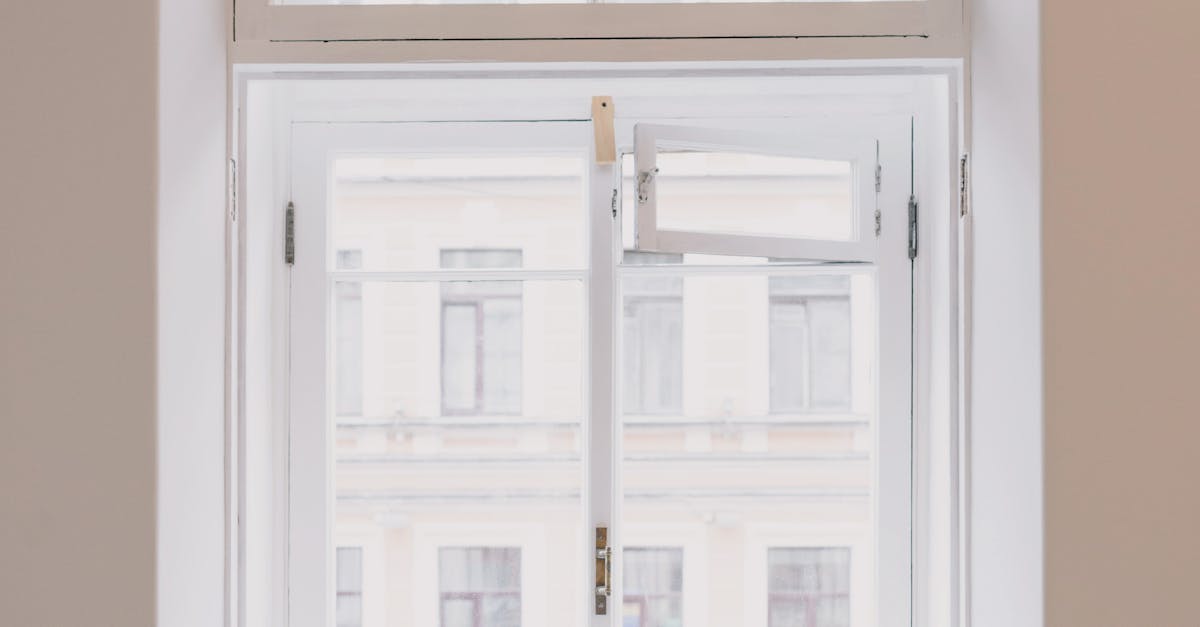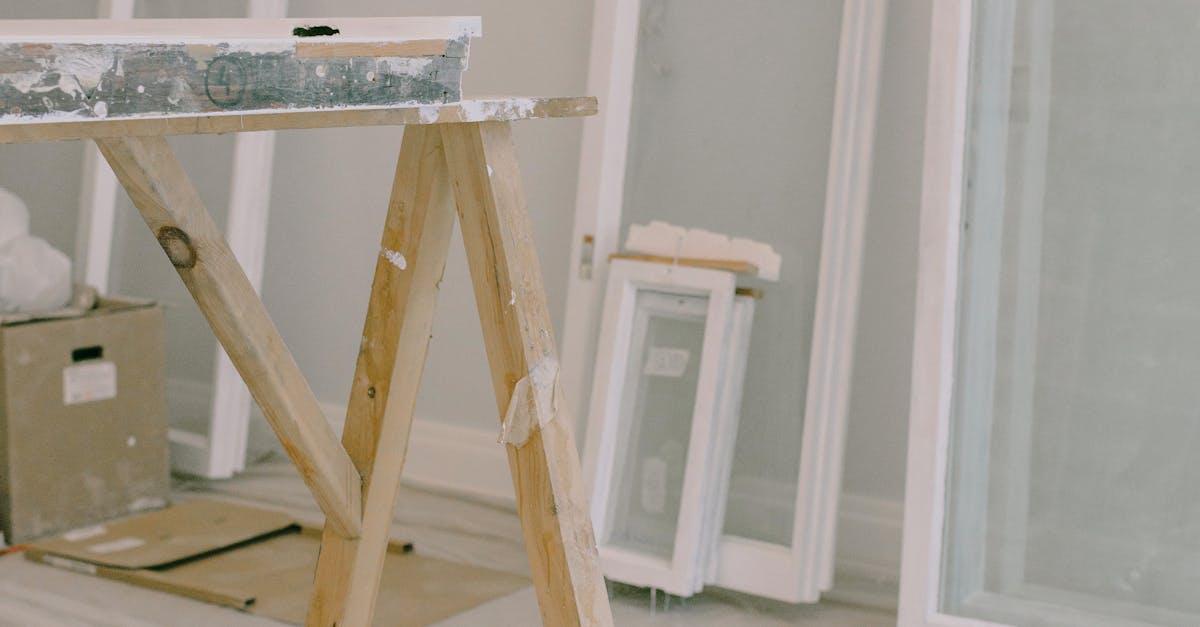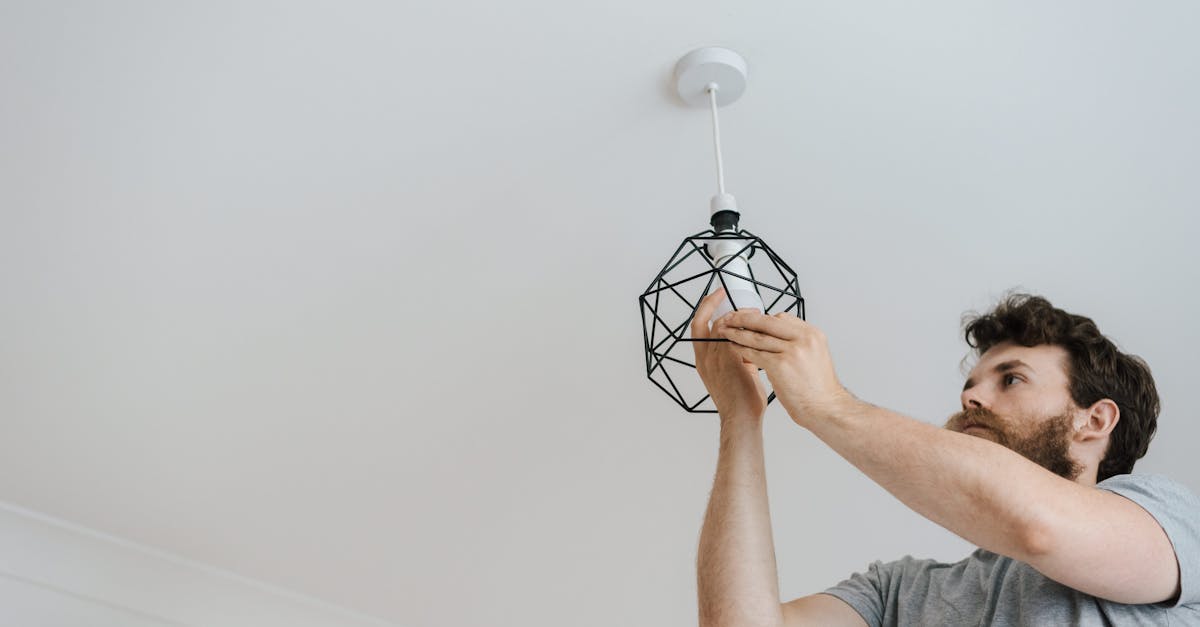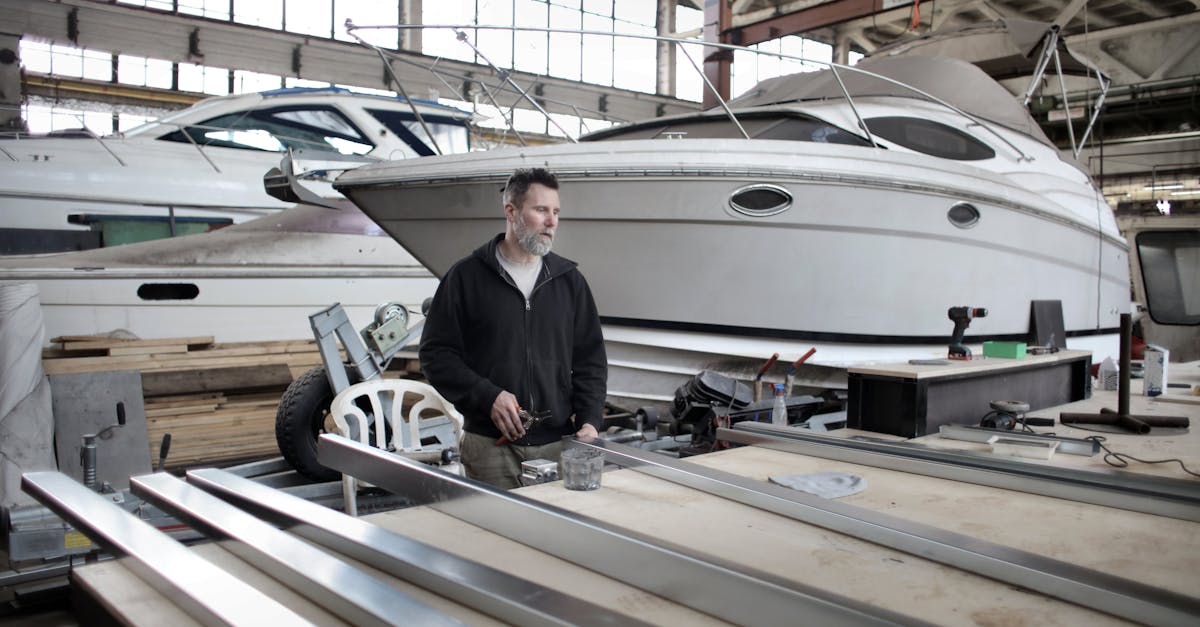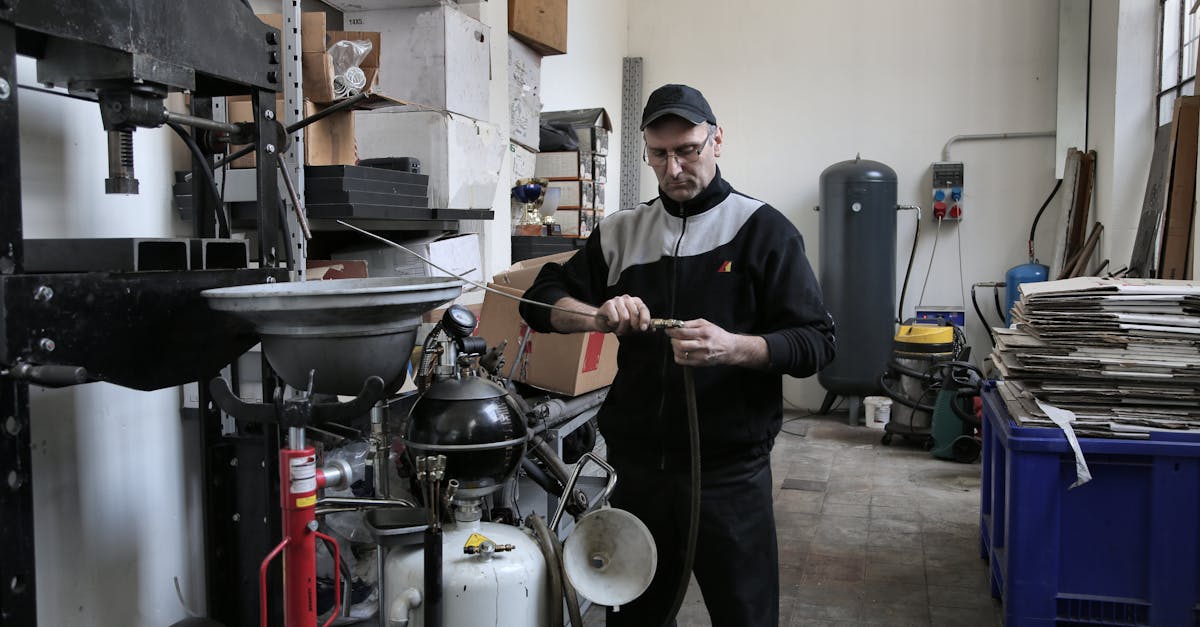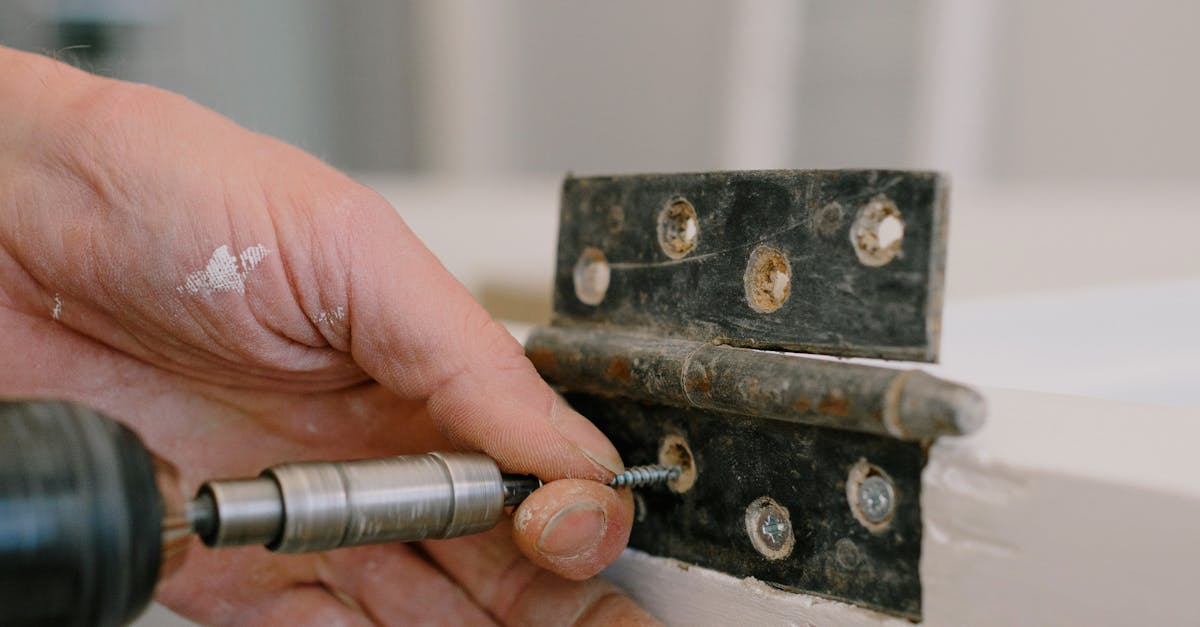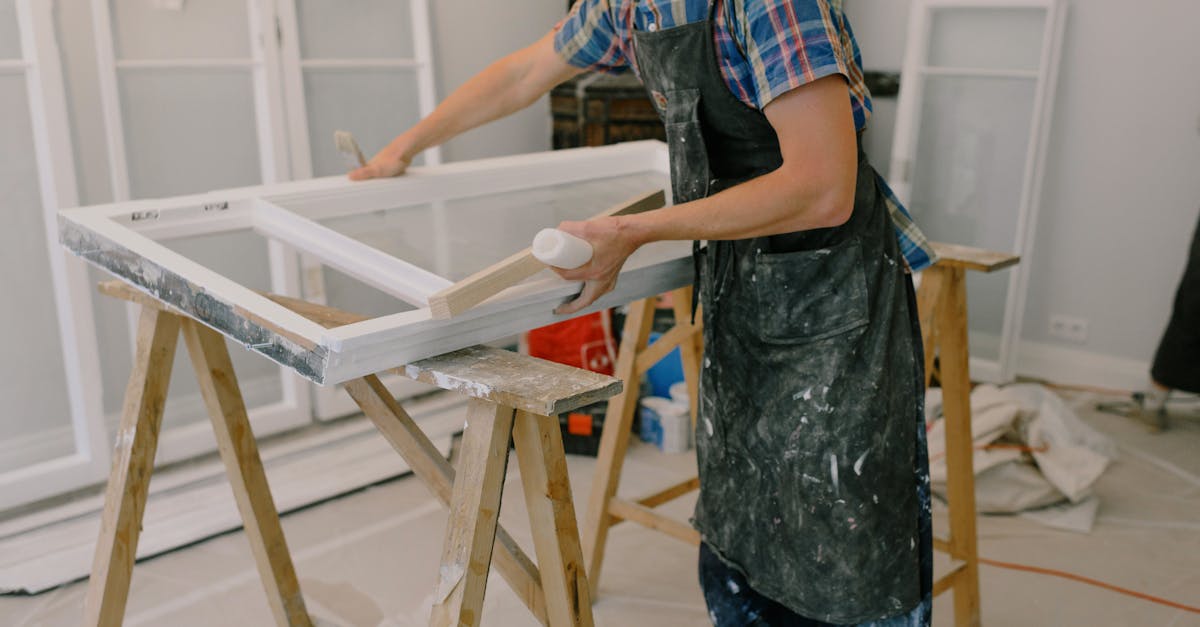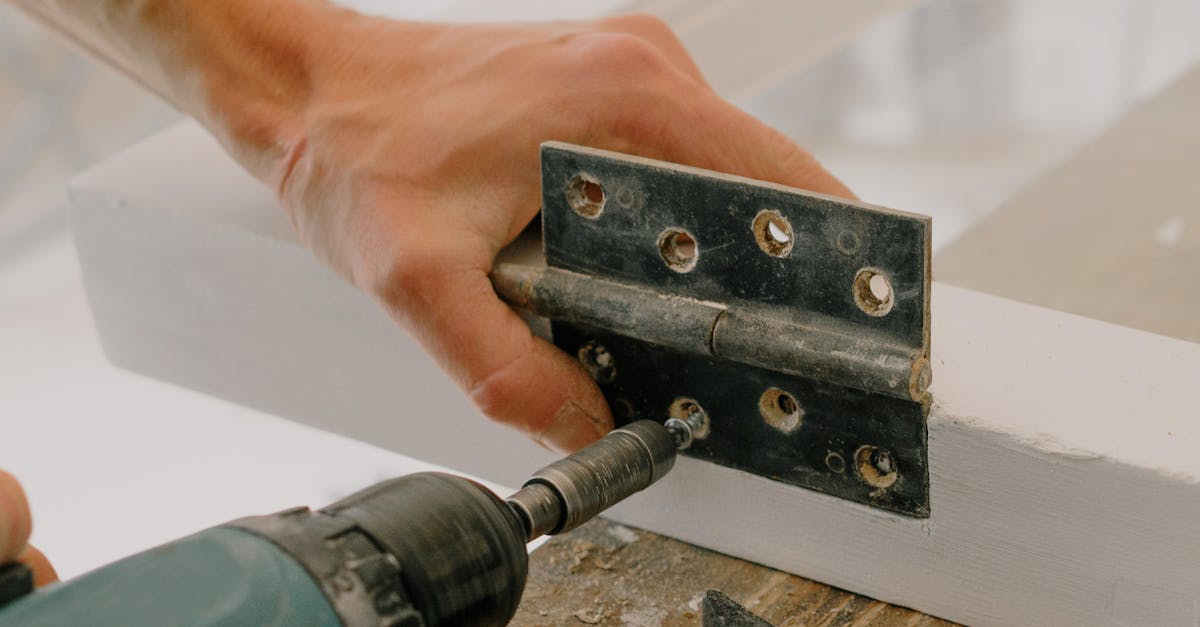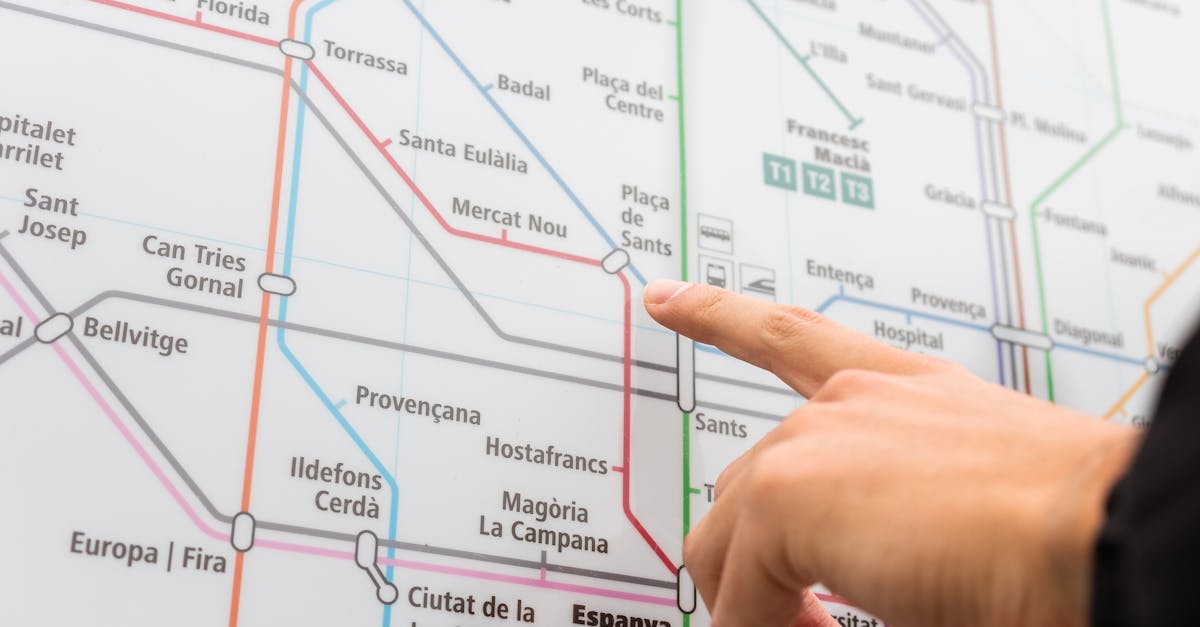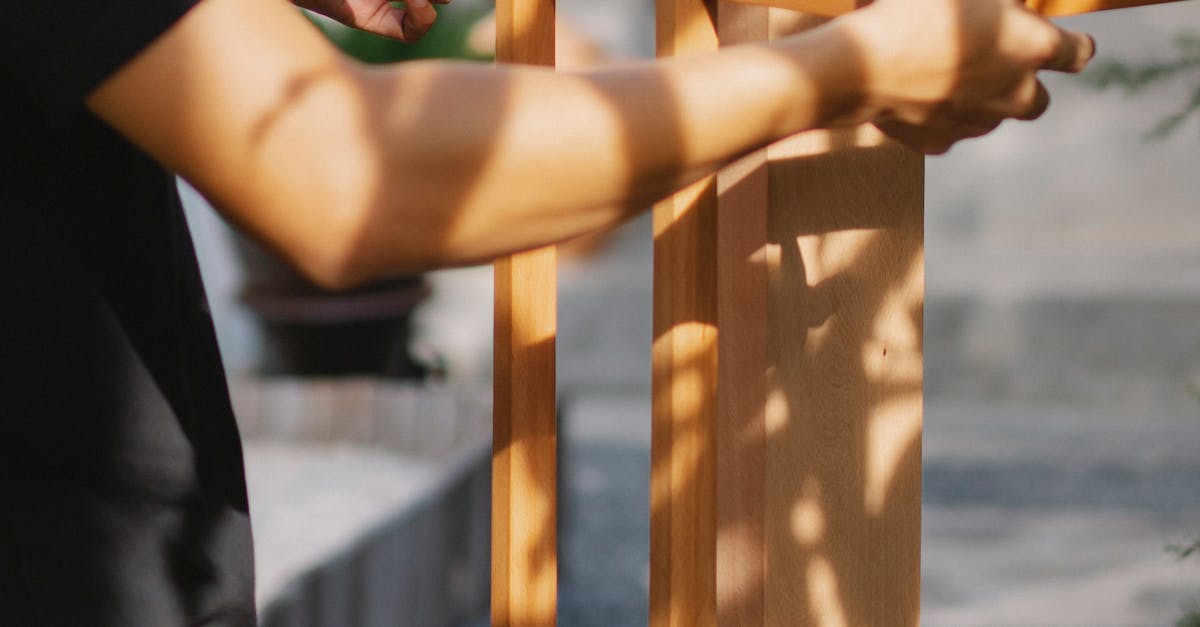
Table Of Contents
Pipe Bursting
Pipe bursting is a trenchless technology that allows for the replacement of broken or damaged sewer pipes without the need for extensive excavation. This method involves inserting a new pipe into the old one while simultaneously breaking apart the existing pipe. The process provides a swift and efficient solution for sewer line installation and repair, minimising disruption to the landscape and reducing the need for costly surface restoration.
The benefits of pipe bursting extend beyond convenience. This technique often results in a stronger and more durable sewer line, as the new pipe is typically made from high-quality materials such as HDPE (high-density polyethylene). Using trenchless methods like pipe bursting not only speeds up the repair process but also increases the overall lifespan of the plumbing system, making it an attractive option for homeowners facing issues with their sewer infrastructure.
How Pipe Bursting Works
Pipe bursting is an innovative method of repairing broken sewer pipes without the need for extensive digging. This process involves inserting a bursting head into the existing damaged pipe. As the head is pulled through, it creates a new, larger pipe by fracturing the old one and pushing the pieces into the surrounding soil. This technique allows for efficient sewer line installation and repair, minimizing disruption to the landscape and reducing the time required for the project.
The equipment used in pipe bursting can navigate through various terrains and obstacles, making it suitable for different types of sewer systems. Additionally, the new pipe installed is typically made from durable materials such as high-density polyethylene, which offers improved longevity and resistance to corrosion. This method not only addresses existing pipe issues but also enhances the overall reliability of the sewer line for the future.
Choosing the Right Professionals
Finding the right professionals for sewer line installation and repair can greatly influence the success of your project. Seek out companies with a solid reputation and positive customer reviews. It’s essential to ask about their experience with trenchless methods like pipe bursting, as this technique requires specific expertise and equipment. A qualified plumber will also provide insight into the best options for your particular situation, ensuring that you receive tailored solutions that fit your budget and needs.
Certifications and licensing are critical indicators of a plumbing service’s reliability. Look for professionals who are fully licensed and insured, as this ensures that they meet the necessary standards set by local authorities. In addition to technical skills, effective communication is crucial. Professionals should be able to explain their processes clearly and keep you informed throughout the project. Choosing the right team not only enhances the quality of sewer line installation and repair but also alleviates potential stress during the process.
What to Look for in a Plumbing Service
When selecting a plumbing service for tasks such as sewer line installation and repair, it is essential to consider their qualifications and experience. Look for a service that is licensed and insured, ensuring they meet the necessary safety and service standards. Experienced plumbers often bring a wealth of knowledge regarding various plumbing issues, making them better equipped to handle complex situations effectively. Customer reviews and testimonials can provide valuable insights into their reliability and professionalism.
Additionally, consider the range of services offered by the plumbing company. A good plumbing service should specialise in multiple areas, including emergency repairs and routine maintenance, beyond just sewer line installation and repair. This versatility indicates a solid foundation in plumbing practices. Clear communication about pricing and services is also crucial, as transparency indicates a reputable business. Always ask for references or consult local directories for recommendations to find a trustworthy plumbing service.
Preventive Measures for Future Issues
Regular maintenance of your sewer system can significantly reduce the likelihood of future issues. Keeping an eye on what goes down your drains plays a crucial role in preventing clogs and backups. Avoid disposing of grease, fat, or non-flushable items in toilets. Implementing routine inspections can help identify potential problems early, allowing for timely intervention and minimising costly repairs later on. Sewer line installation and repair may also benefit from periodic assessments of the current system’s condition, ensuring everything remains in working order.
Investing in protective measures can extend the life of your sewer system. Consider installing backflow valves to prevent sewage from entering your home during heavy rain or system overloads. Additionally, landscaping plays a vital role; maintaining proper drainage around your property can alleviate pressure on the sewer lines. Engaging in proactive plumbing practices not only safeguards your existing infrastructure but also builds a strong foundation for any future sewer line installation and repair needs.
Maintaining Your Sewer System
Regular maintenance of your sewer system is essential for preventing costly repairs in the future. This involves scheduled inspections to identify any potential problems early on. Homeowners should pay attention to warning signs such as unusual odours, slow drains, or gurgling sounds, which can indicate underlying issues. Maintaining clean sewer lines can significantly reduce the risk of blockages and leaks, ensuring a smoother operation.
When it comes to sewer line installation and repair, choosing the right techniques and materials is crucial. A well-maintained system not only functions optimally but also prolongs the lifespan of your sewer infrastructure. Implementation of routine upkeep tasks, such as cleaning and monitoring, goes a long way in safeguarding your property against the pitfalls of sewer line failure. By prioritising maintenance, you can enhance the overall efficiency of your plumbing system.
FAQS
What is pipe bursting and how does it work?
Pipe bursting is a trenchless method used to replace broken or damaged sewer pipes without the need for extensive digging. It involves breaking the existing pipe apart while simultaneously installing a new pipe in its place, using a bursting head that is pulled through the old pipe.
Can all types of sewer pipes be repaired using pipe bursting?
While pipe bursting is effective for many types of sewer pipes, it is most commonly used for PVC, clay, and cast iron pipes. However, the condition and material of the existing pipe should be assessed by professionals to determine if this method is suitable.
How long does the pipe bursting process take?
The duration of the pipe bursting process can vary depending on the length of the pipe and the complexity of the job. Typically, it can take anywhere from a few hours to a couple of days to complete.
What should I look for when choosing a plumbing service for pipe bursting?
When selecting a plumbing service for pipe bursting, look for licensed and insured professionals with experience in trenchless technology. Check their reviews, ask for references, and ensure they offer warranties on their work.
What preventive measures can I take to avoid future sewer pipe issues?
To prevent future sewer pipe issues, regularly maintain your sewer system by scheduling inspections, avoiding flushing non-biodegradable items, and ensuring proper drainage around your property. Additionally, consider using tree root barriers if trees are near your sewer lines.
